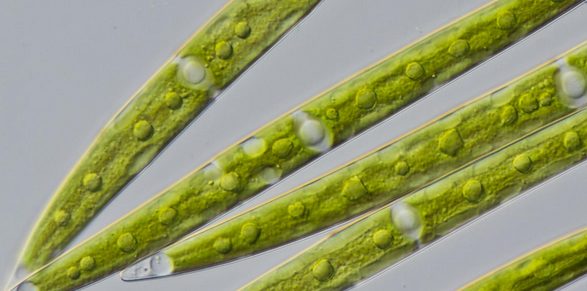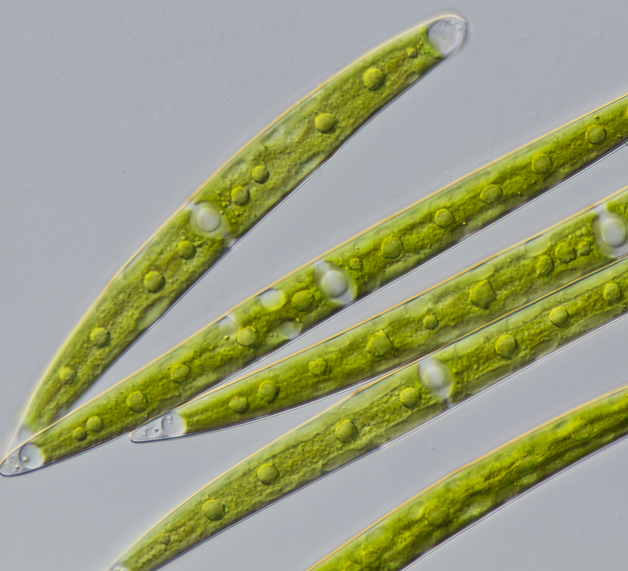Scientists unravel the mystery of first plant on Earth

A research team from the John Innes Centre at the University of Wisconsin – Madison, in cooperation with an international team of scientists, has solved a mystery about how the plant life on Earth evolved from ancient alga. The research center announced the discovery public on October 5, 2015.
A long time mystery surrounding the first stages of plant life on earth seems to have finally been solved. Dr. Pierre-Marc Delaux and his international colleagues have discovered how ancient alga inhabited land, prior to evolving into world's first plant and colonizing the Earth.
Previous research suggested the alga has evolved its capability to source nutrients crucial to its survival by forming a close bond with a beneficial fungi called Arbuscular Mycorrhiza (AM), after its arrival on land. The discovery of 450 million year old fossilized spores similar to the spores of the AM fungi have lead the scientist to believe this fungi was present in the environment in which the first land plants thrived.

Closterium strigosum green alga. Image credit: Michael Melkonian
Remnants of this prehistoric fungi, responsible for helping plant roots obtain necessary nutrients and water, have also been found inside the cells of the oldest plant macro-fossils. However, one thing remained under question, and that is how the algal ancestors of land plants were able to survive long enough to mediate this arrangement with a fungi.
Research team analyzed DNA and RNA of some of the earliest known land plants and green algae and results were pointing out that their shared algal ancestor had most likely already possessed the set of geneses necessary for the interaction with the AM fungi. This finding suggests the alga had developed the capability of interaction while it was still residing in water.
This capability had most likely been crucial to enabling the alga to survive out of the water and succeed in colonizing the planet. By cooperating with the fungi to provide sustenance, the alga showed a clear evolutionary advantage and was selected to thrive in a very different and seemingly infertile environment.
“At some point 450 million years ago, alga from the Earth’s waters splashed up on to barren land. Somehow it survived and took root, a watershed moment that kick-started the evolution of life on Earth. Our discovery shows for the first time that the alga already knew how to survive on land while it was still in the water. Without the development of this pre-adapted capability in alga, the Earth could be a very different place today," Dr Delaux said.
“This finding has filled a gap in our collective knowledge about the origins of life on Earth. None of this would have been possible without the dedication of a world-wide team of scientists including a tremendous contribution from the 1KP initiative led by Gane KS Wong .”
Professor Jean-Michel Ané, from the University of Wisconsin added:
“The surprise was finding the mechanisms in algae which allow plants to interact with symbiotic fungi. Nobody has studied beneficial associations in these algae.”
Source: John Innes Centre
Featured image: Closterium strigosum green alga. Image credit: Michael Melkonian

Now doubt this happened on the landward edge of tidal pools which would have repeatedly killed off colonial plancton until ideal conditions gave them a toehold in which to exploit the fungi they had encountered and adapted to in that lethaly changing environment.
Refer to Buddhism, it was clearly mentioned how earth started and populated.
What they ate during that time.
This discovery is the second part of the evolution, at first it was a bare land which entire earth was eatable.
People who came down, started eating the soil which was very delicious until it ends. Then the earth forms alga, which they started to eat again.
So this discovery proves that the Buddha’s words which was uttered 2600 years ago a truth.
You may read the Buddhist books about the earth formation and how the earth will be ending too.
So the great scientist was the lord Buddha there’s no doubt now.
Thanks for all the scientist who found this and published.